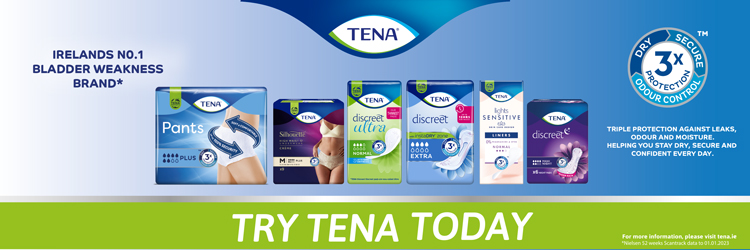
Aoife Harvey
Specialist Women’s Health Physiotherapist
Treatment for urinary incontinence involves more than strengthening pelvic floor muscles and depends on the cause of the bladder leakages.
A common misconception about urinary incontinence is that weak pelvic floor muscles are to blame. “The cause of the leak is actually damage to connective tissue or ligaments — not pelvic floor muscles,” says Aoife Harvey, Pelvic Health Physiotherapist at the Health Dublin Physiotherapy Clinic.
“What we’re trying to do with pelvic floor exercises is strengthen the muscle to compensate for that damage.”
Types of urinary incontinence
Harvey says that the effectiveness of pelvic floor exercises depends on the type of incontinence — stress incontinence or urge incontinence (overactive bladder). “Both these types cause leakages, but for different reasons and require totally different treatments.”
The word ‘stress’ in stress incontinence relates to physical strain, not psychological stress. It occurs when an activity or action such as coughing, laughing or heavy lifting causes a leakage. Vaginal childbirth is the most common cause of stress incontinence.
“Our urethra, the tube that releases urine from the bladder, is only about three centimetres long, so when a baby passes through the vagina, it’s easy for it to get stretched,” says Harvey.
Pelvic floor exercises can work —
in some cases — for stress incontinence.
Other factors that contribute to stress incontinence are genetics, age, lifestyle habits such as diet and smoking — and bowel issues. “We say the bowel is the nosey neighbour,” Harvey adds. “So if people have problems with emptying their bowels, that can impact their bladder.”
Urge incontinence is when the bladder muscle contracts involuntarily, causing a sudden urge to urinate, even with a low volume of urine in the bladder. Age and hormonal factors such as oestrogen changes can provoke an overactive bladder, but the cause isn’t always clear.
Treatment and products to help with urinary incontinence
Pelvic floor exercises can work — in some cases — for stress incontinence. Anybody experiencing symptoms of incontinence or a change in bladder control should seek advice from a medical professional.
Community pharmacists will also have good advice on what products are available including liners, pads and pants to help people enjoy their daily routines without worry.
Urinary incontinence needs to be more openly discussed for men and women as it is common pre and post-birth, during the menopause as well as various life stages including the ageing process.
TENA provides incontinence pads and products to people of all ages to continue to live an active life. Trusted by millions, TENA helps people stay secure, dry and odour-free. We offer products that help manage urinary incontinence, leakage and bladder weakness day and night.
For more information, please visit tena.ie



